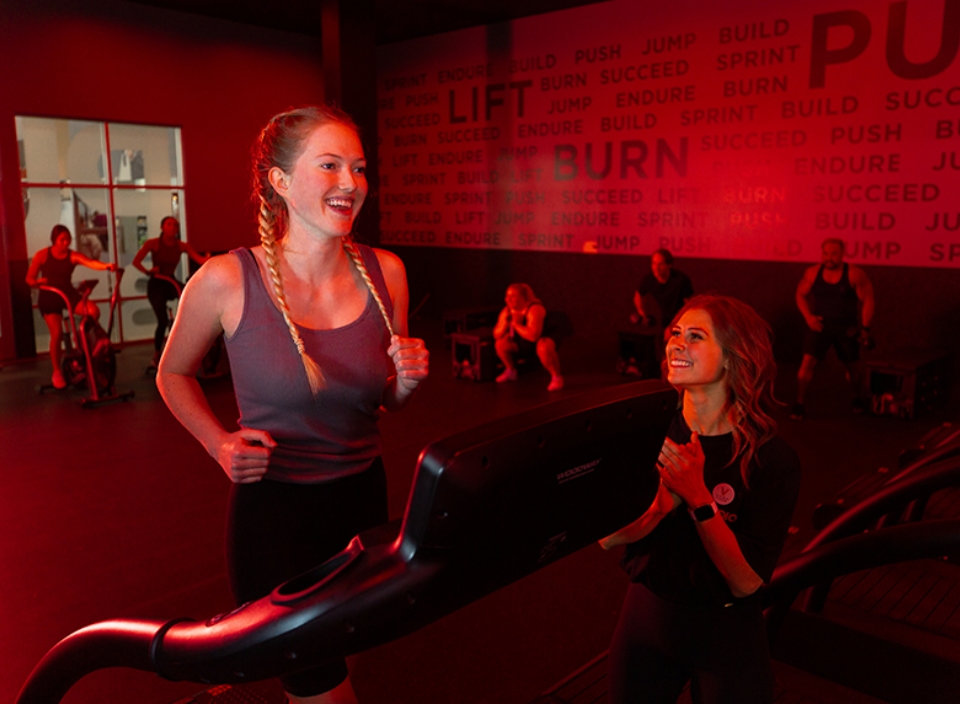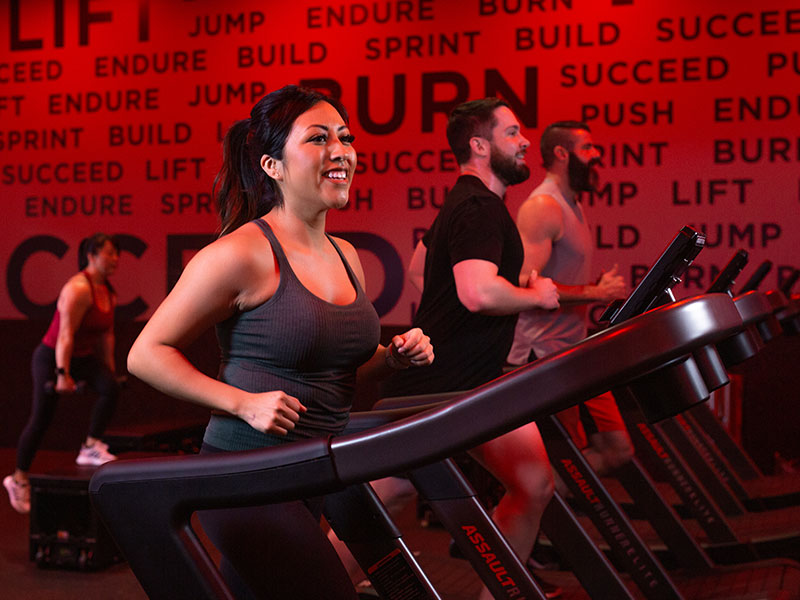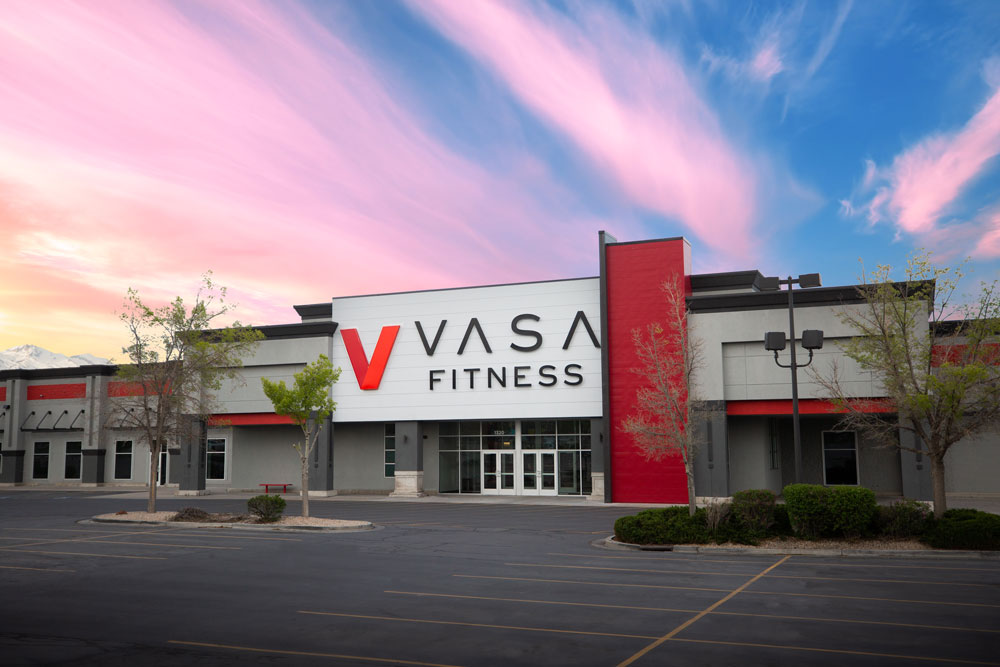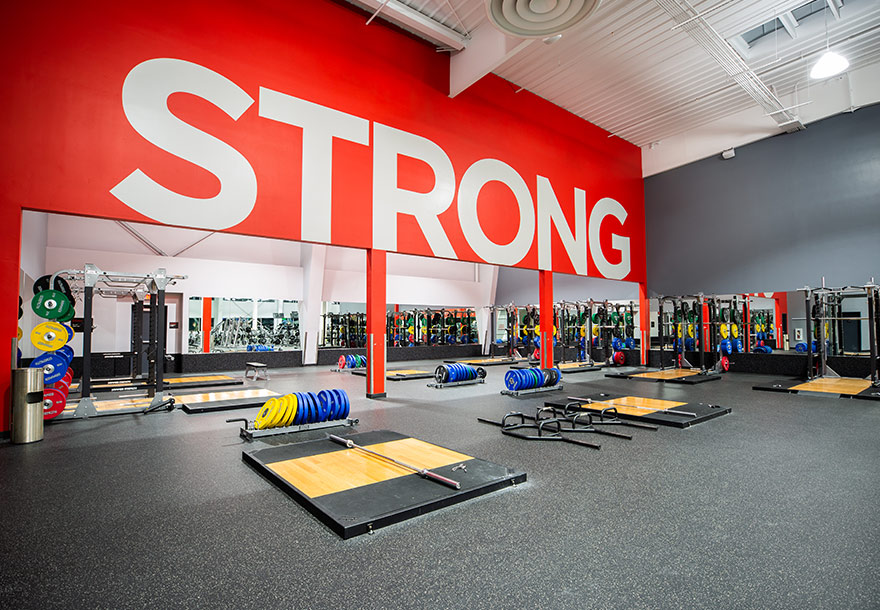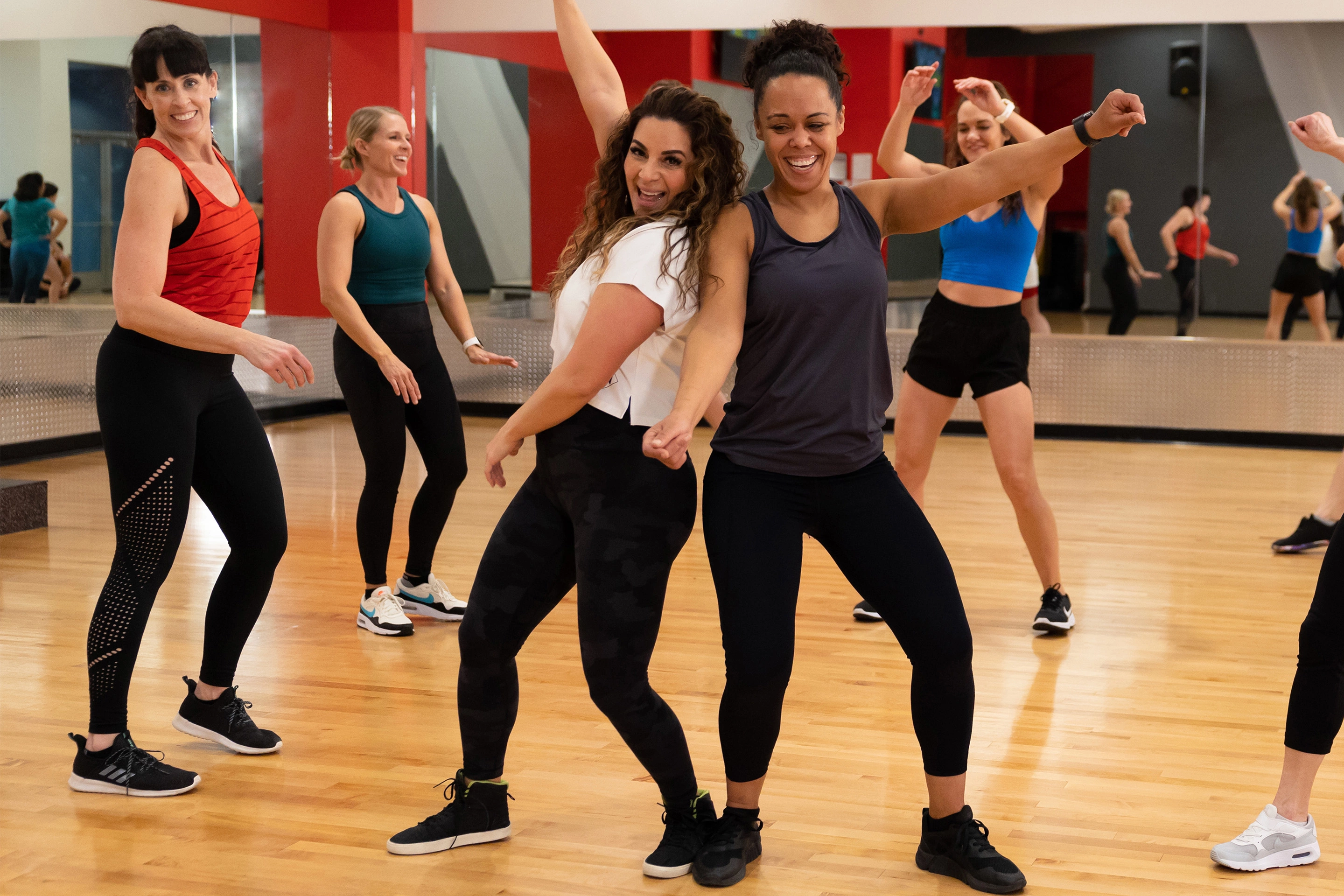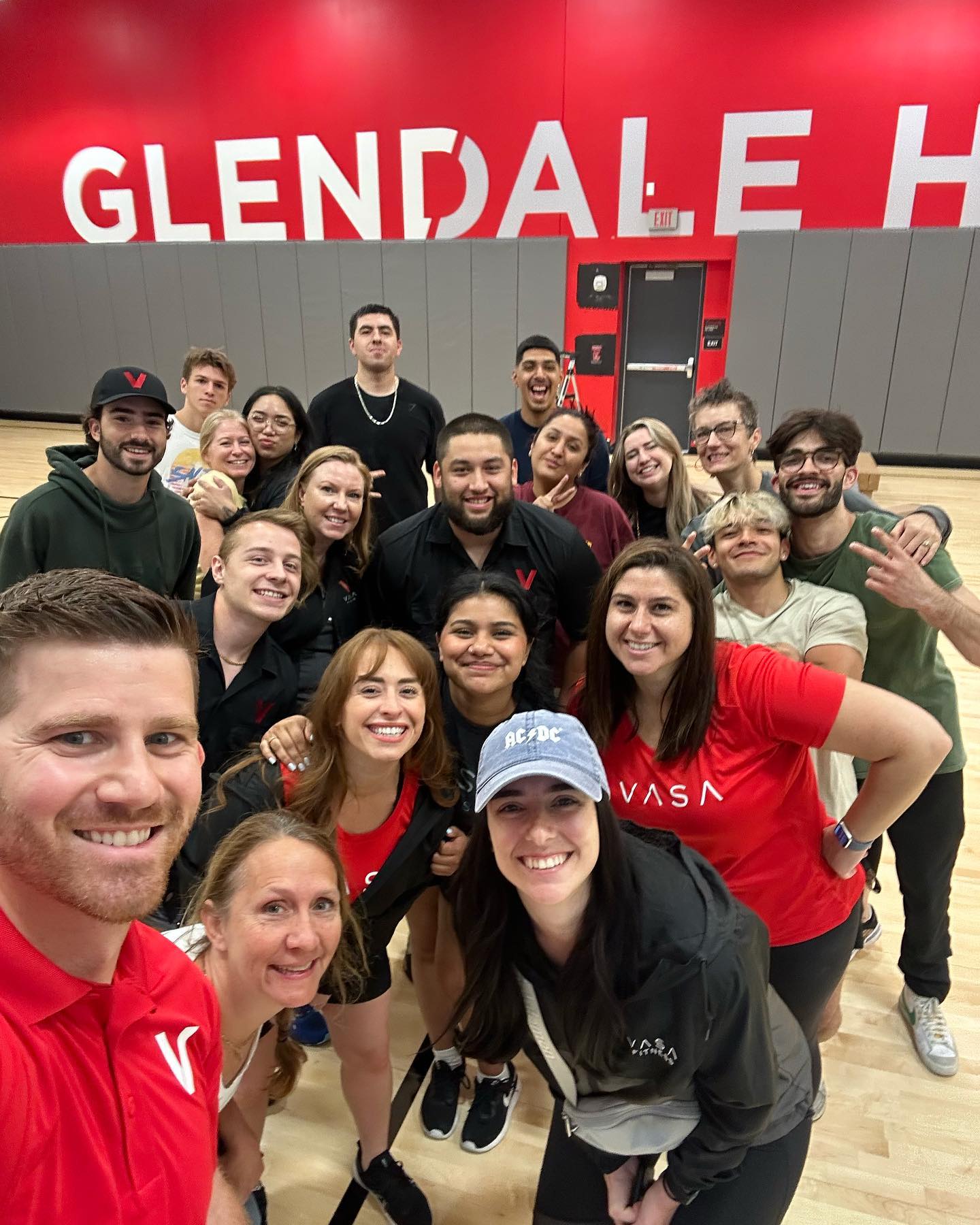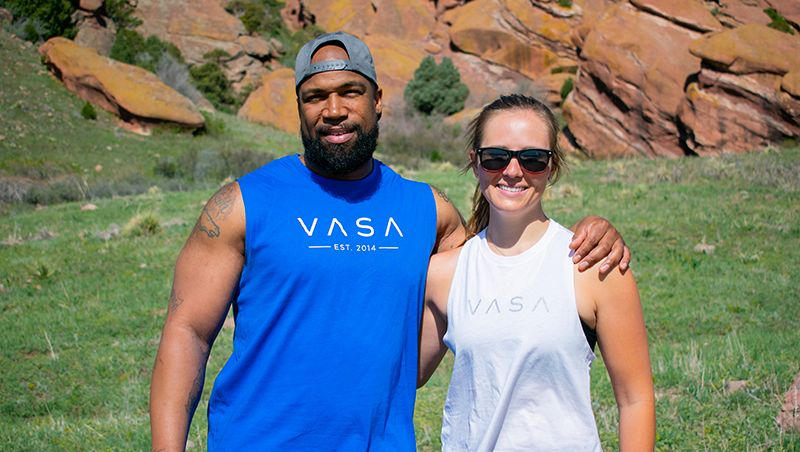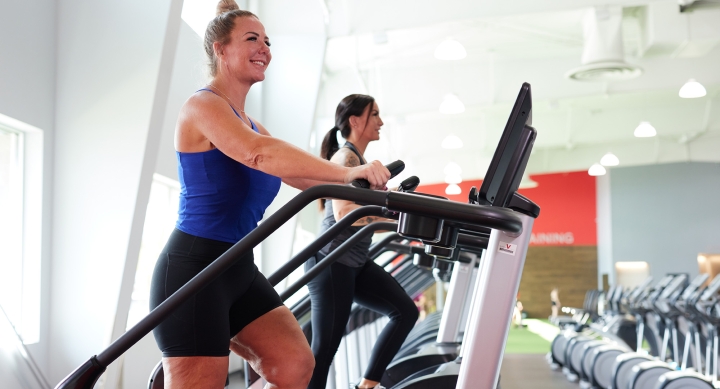The average person will walk over 115,000 miles in his or her life, but most people don’t spend much time thinking about their feet, which do most of the heavy lifting when it comes to supporting and moving our body weight! The human foot is made up of 26 bones, 33 joints, 107 ligaments, 19 muscles, and more nerve endings per centimeter than any other area of the body—making it one of the most complex parts of our bodies!
Seventy percent of the nerves in feet are sensitive to vibration. These nerves are stimulated when we strike the ground with each step, forcing our bodies to maintain dynamic balance and stability throughout the rest of our body. Many hip, knee, back, and shoulder injuries can be traced back to dysfunctions at the foot or ankle. Any sort of foot or ankle misalignment will affect how we stand and move, therefore creating tension on muscle groups all over our bodies. This means our muscles work extra hard to create balance and stability, usually causing one side to overcompensate for the other, leading to pain and dysfunction down the road.
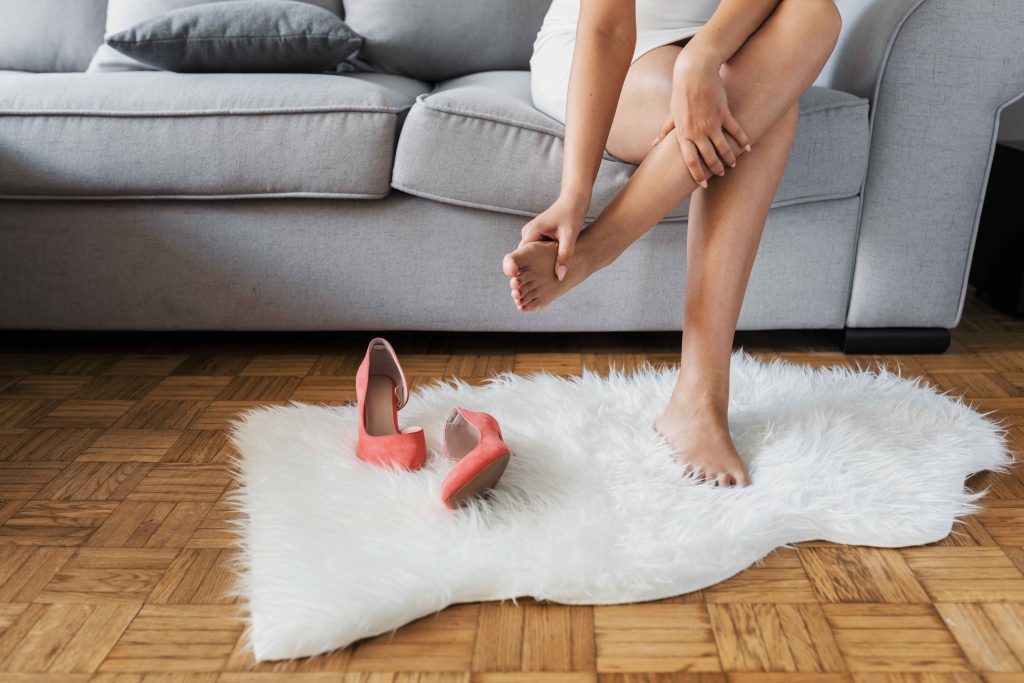
For centuries, humans were barefoot or wore thin, sandal-like protection. When shoes became popular in the mid-18th century, the design matched the shape of our feet: a wide toe box, minimal arch support, and a sturdy heel. It wasn’t until the 1970s and 1980s that shoes saw a major change. Over the past 50 years, the fashions and technological advances in footwear have changed the way our shoes are shaped and, in turn, are transforming the way our feet look, function, and feel. Most lifestyle and leisure shoes are built with high arches, narrow toe boxes, and stiff soles which claim to promote a cushioned step to reduce discomfort from standing, walking, and running.
But the human foot doesn’t need additional shock absorbers—it does this on its own—and its form allows us to both stand in place and run around day after day. In fact, our ultra-cushioned shoes are causing more harm than good: They prevent our bodies from naturally adapting to our surroundings, causing people’s feet to become flatter and cause increased joint pain in the toes.
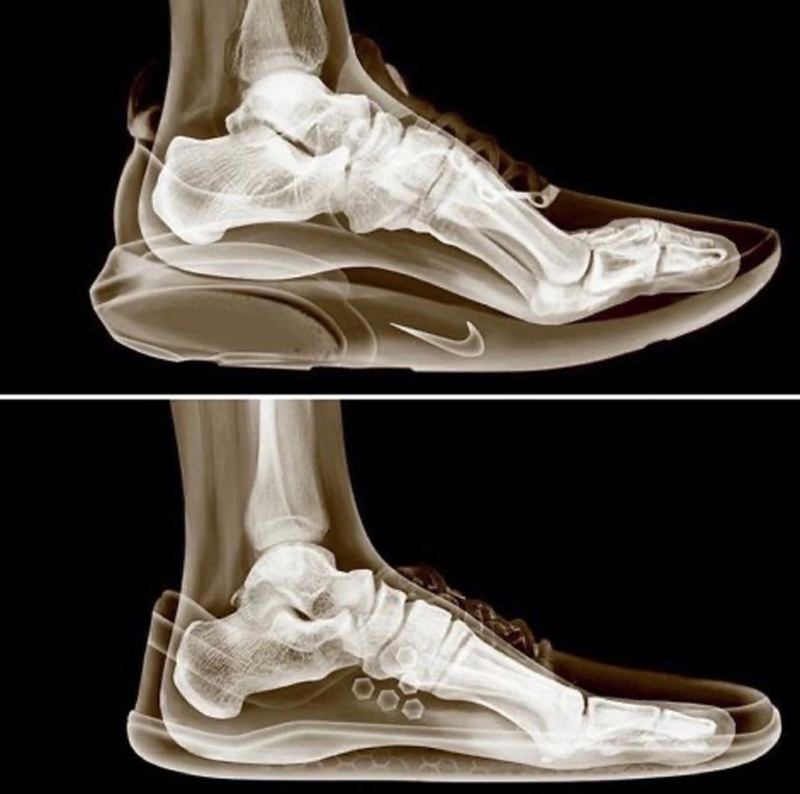
There are three main parts of a shoe: the toe box, sole thickness, and heel drop. The toe box is the portion of the shoe that houses the ball of the foot and toes. The sole is the portion of the shoe that lies between the bottom of the foot and the ground. The heel drop of a shoe is the difference in height from the heel to toe of the sole, with many shoes offering a range of drop heights for different activities. All play a big part in foot function.
Toe Box
The foot is mean to splay or spread with each step, whether during walking or running. Shoes with pointed and/or narrow toe boxes prevent the natural spreading of the foot. When walking around in your shoes, you may notice that your foot pronates (leans inward) or supinates (leans outward). This leaning in or out may be partly due to the construction of the sole of the shoe. A normally functioning foot without a shoe on should strike the ground with the heel, then the outside border towards the ball of the foot, finishing with the big toe.
Shoes can throw this natural pattern off if the toe box is too narrow. -trainers (shoes built for multiple sports) tend to have a more reinforced, stiff forefoot for side-to-side movements while shoes built for straight-ahead activities like walking and running are usually lighter in this area and typically have a narrower toe box. You’ll notice more rubber surrounding the ball of the foot and rounded toe box that helps absorb forces when you’re moving left and right than a typical running shoe that leads into more of a narrower, pointed toe box.
Squeezing the ball of the foot into a tight or narrow toe box doesn’t allow for the natural spreading of the foot’s bones and muscles and can create overuse injuries. Many common issues seen from narrow toe boxes are bunions (lateral and medial), Morton’s Neuromas, and corns and calluses.
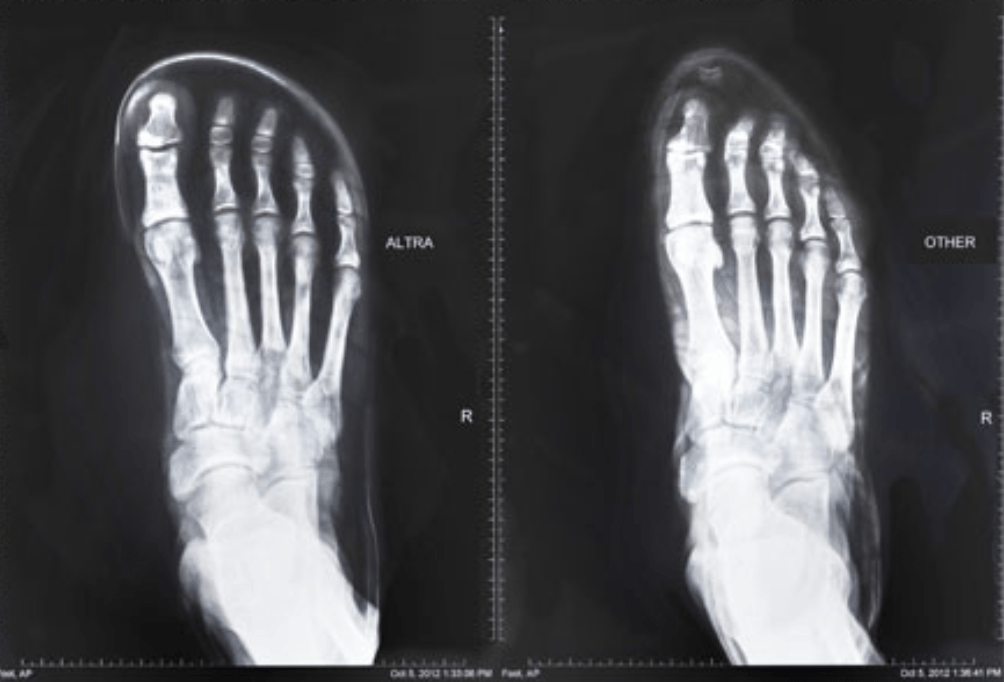
Sole Thickness
A squishy sole or your favorite pair of broken-in sneakers can cause future problems. Soft-soled shoes prevent a solid connection of the foot with the ground, leaving us with increased instability and decreased balance and proprioception (an understanding of where the body is in space). The thicker the sole of the shoe, the greater the disconnect from your environment.
Completing a heavy back squat in shoes with air bubbles for heels can make for a much more challenging lift than needed due to the inherent instability of the air-filled heel. On the other hand, running a 5k in minimalist shoes with little cushioning could lead to painful blisters and possibly stress fractures due to the repeated steps of running. Identifying the activities you do most often can help you narrow down how thick of a sole you need for your gym sneaker. More running or outdoor adventures (like trail running) usually require a thicker sole to protect the foot, while strength training or HIIT workouts done in shoes with a more stable sole tend to improve performance.
Heel Drop
The heel drop is something most competitive runners will pay attention to when selecting their shoes. The bigger the drop from the heel of a shoe to the toe box, the bigger the difference you’ll see in stride (how you step), step cadence (how often you step, and stride length (how far you step). Minimalist shoes and cross-trainers typically have no heel drop and match how the foot would naturally function on flat ground. There are also a few thick-soled running shoes in the zero-drop category built for marathons or longer distances, but these should really only be worn by experienced runners who focus on their running technique just as much as they do on their aerobic capacity.
Most runners seek a mid-foot strike (meaning the first part to hit the ground during a stride is the middle third of the foot) to achieve maximal efficiency. Shoes with a 10mm or more heel drop raise the heel (mostly on softer material) to force the runner’s stride to strike on the mid- or forefoot. If you tend to land first with your heel when running, a running shoe with a slight heel drop can help achieve the mid-foot strike. Inexperienced or deconditioned runners tend to run with a heel strike, but this is like hitting the brakes on a car before pressing the gas. When you heel-strike during running, the ankle, which usually acts as a spring and shock absorber, is taken out of the equation, requiring your shoe to absorb the impact. Higher heel drops also put more relative strain on the knees because they force the knee to be more bent than normal during the full leg cycle. When walking, a heel strike is expected, so wearing a shoe with a normal heel drop (10mm) can lessen some of the impact of each step forward. Cross-trainers and court sport shoes tend to have a smaller or zero drop to allow the shoe and foot to function in multiple directions at maximal speed and force.
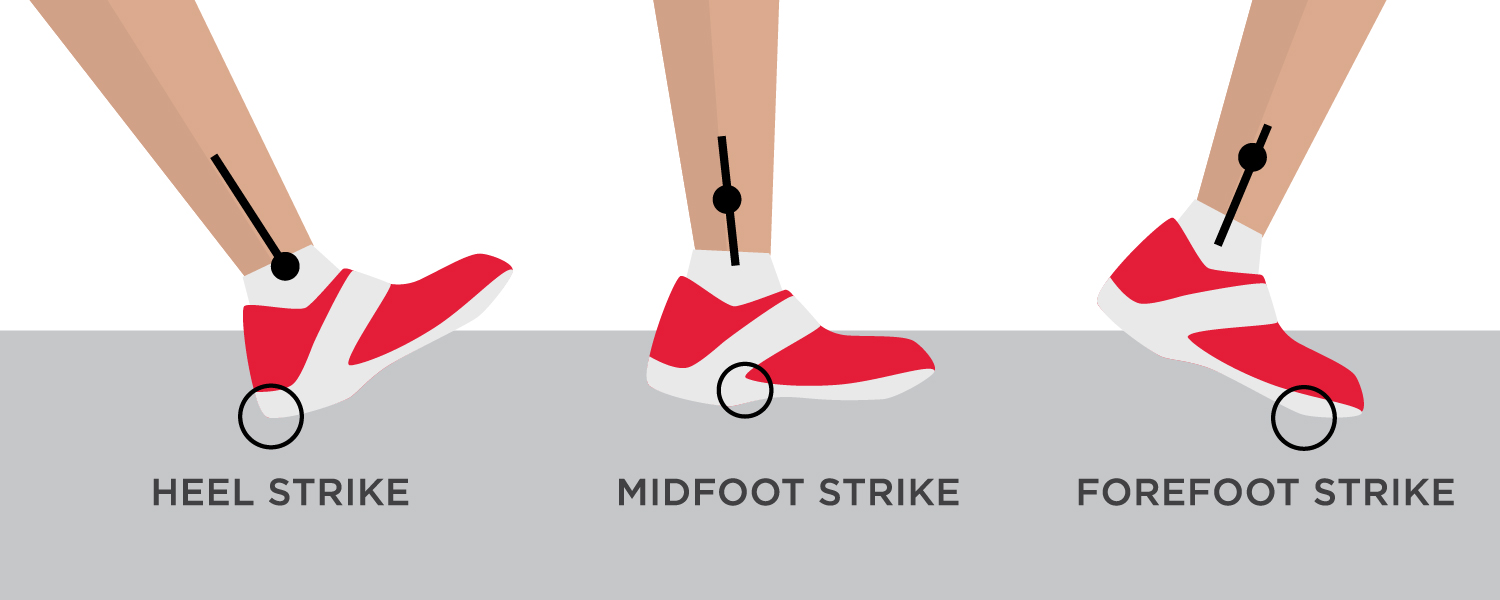
Picking the Right Pair for You
Shoes are normally the first thing someone will notice about you but making sure your feet feel good while you’re working out is more important than how your shoes look. Fortunately, many shoemakers build a wide variety of options in multiple colors that will help you and your fitness stand out in the gym!
Here is a list of shoe recommendations based on a variety of activities.
| Activity | Shoe Specs | Examples |
| Walking/Jogging/Running |
|
Altra Running, Nike Pegasus, Brooks Ghost |
| Strength Training |
|
Nike Metcon, Reebox Nano, Vivobarefoot, Xero Shoe, New Balance Minimus TR |
| HIIT/Cross-Training |
|
Nike Metcon, Reebok Nano, NoBull Trainer, Under Armour Project Rock IV |
| Leisure/Lifestyle |
|
Toms, Vivobarefoot, Xero Shoe, Merril Glove, Flux Footwear, Birkenstock |
While this is by no means an exhaustive list of options for your feet, finding a pair that fits well and is within your budget is a great starting point. A great pair of shoes will help your performance in the gym and in turn enhance what you’re able to do outside of the gym. Better functioning feet can help your low back, hips, and knees feel better. With 70% of the population set to experience low back pain and 25% experiencing chronic knee pain, foot health and function can play a big part in overall feelings of health and wellbeing. View shoes as an investment in your overall health and wellbeing.
*It’s best to be barefoot as much as possible
SUBSCRIBE TO OUR BLOG
Enter your email to start receiving our blog emails!
